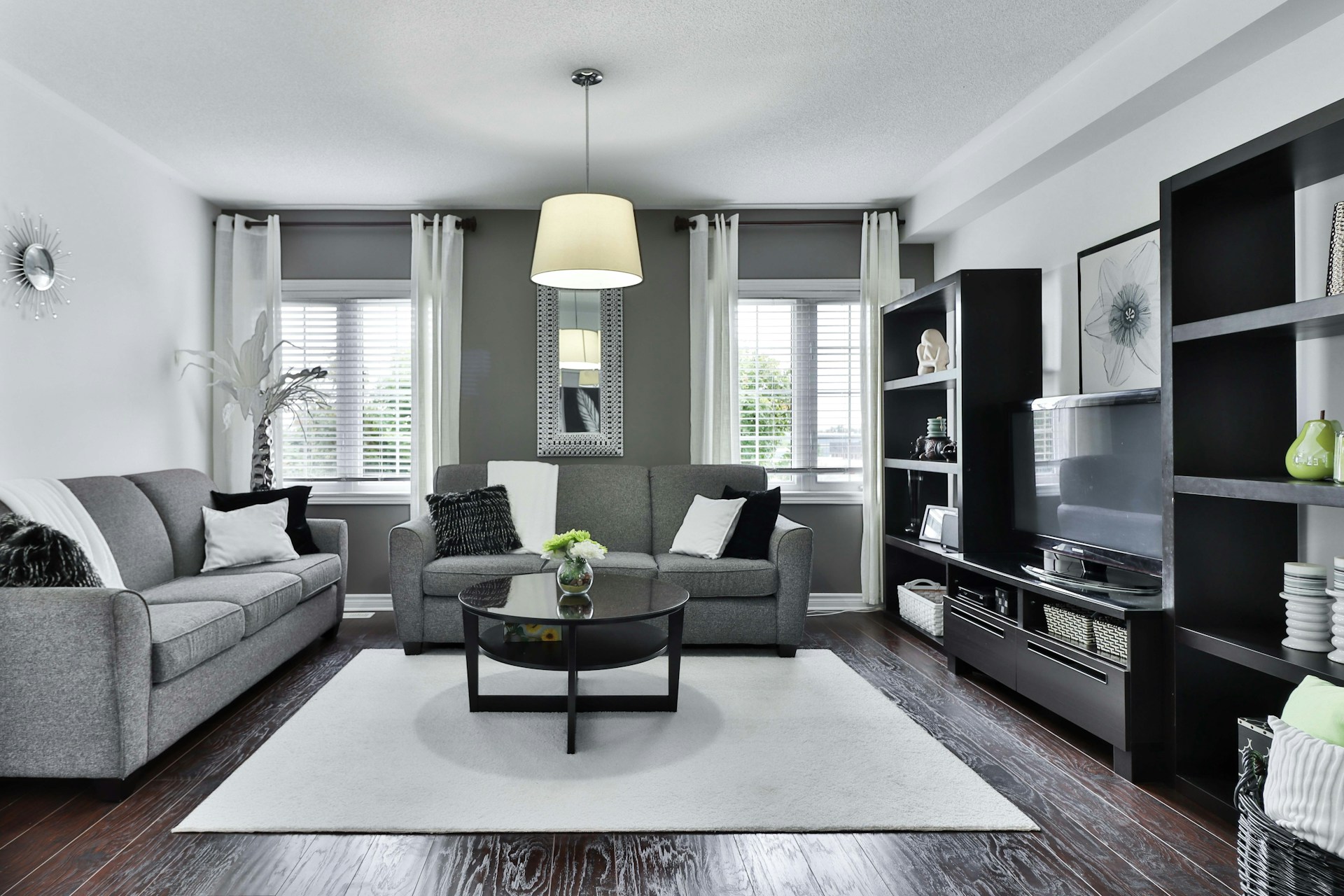
Creating a beautiful home doesn’t mean every piece of furniture must match perfectly. In fact, mixing and matching styles, textures, and finishes can result in a dynamic, lived-in look. But to achieve this without visual chaos, there needs to be a sense of cohesion that ties it all together. With a few design principles in mind, mixing furniture can feel natural and sophisticated.
Start with a central theme or color palette. Even if your pieces are different in style, a unified color scheme will connect them visually. For instance, pairing a modern marble table with vintage-inspired accent chairs works beautifully if the tones complement each other. Textiles—rugs, throws, curtains—can help reinforce these connections.
Balance is another key principle. If one side of the room has bold, heavy pieces, consider lighter or more minimal items on the opposite side. Play with contrasts: mix hard surfaces with soft textures, combine structured chairs with plush ottomans, and pair sleek tables with cozy accessories. This creates rhythm in your space while keeping things interesting.
Don’t forget about scale and proportion. A large dining table calls for chairs that can hold their own, both in size and visual weight. Similarly, if you’re mixing wood tones, repeat them across the room in smaller ways—perhaps through side tables or frames. This repetition brings harmony without sacrificing variety.
Conclusion: Mixing furniture is about creating a space that feels uniquely you. With careful coordination of color, scale, and style, you can design a home that tells a rich and personal story.
